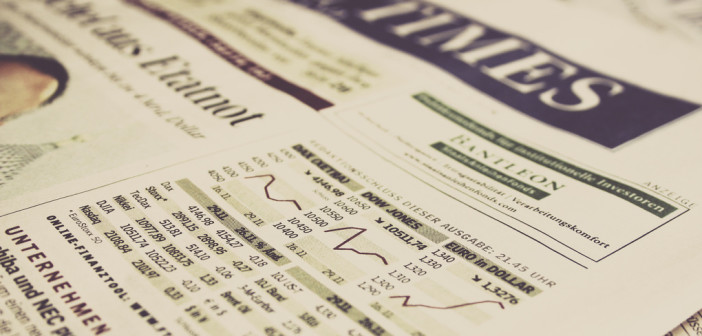By Yul Baritugo
Whenever an economic maelstrom hits host countries in North America, ethnic communities and other visible minorities of all creeds or colour invariably takes a hit. This is true whether one is Punjabi, Urdu, Turkish, Tagalog or Chinese. They are the first people laid off jobs and the last ones given economic relief.
This year is particularly significant because we will be watching developments in the economy of a neighbor to the South which appears to be on an unstoppable downward spiral. This is probably the biggest story of the decade. America had hit its economic watershed. But strangely enough, the peanut gallery remains silent.
One of the key indicators of this growing malaise is currency movements. When the Canadian dollar hit parity with the US greenbacks, the Canadian knee-jerk reaction was to flock to the border and hit US groceries and outlet shops. Long perceived as a weak commodity-based currency, people were lining up in banks to change their Canadian dollars to US dollars. Yet, this development is just the tip of the iceberg.
What really happened?
The latest economic data shows an often ignored detail that otherwise indicates a deep weakness. Economists label this indicator as the percentage of gross debt vs. gross domestic product (GDP). GDP is the total output of goods and services that a given economy can produce. Gross debt simply means total indebtedness.
In simple terms, it is akin to household income vs. expenses — the US is spending more than it earned. It also has a burgeoning trade deficit. It imports more than it exports. The taxes it raised cannot support full government operations resulting in a huge budget deficit. This is the real US debt bomb, and with Canada’s 90 percent dependency on US trade, this development has dire implications for us all.
Without going into historical detail, the United States has had public debt since its inception. The public debt fluctuated but was incurred mostly during the Civil War, recession and the subsequent World Wars.
Recently, the US Congressional Budget Office reported an alarming detail. During the administration of President Bush, public debt grew from $5.6 trillion in January 2001 to $10.7 trillion on December 2008.
Bush, of course, authored the line in the sand “Operation Desert Storm”, and started the Iraq and Afghan wars. Had he remained in office, he would have started a war with Iran and further raised US public debt.
Under the Obama administration, it is estimated that public debt will grow from 70.2 percent of GDP to 100.6 percent of GDP by 2012. This was largely due to the series of bailouts guaranteed by the US government as a result of the Bush-triggered financial liquidity crisis of September 2008, it’s ballooning health and social security programs, and its continuing war on terror.
In absolute terms, the US government projects an indebtedness averaging $1 Trillion a year up to 2019 or a total of over $18.2 Trillion. Its 2010 GDP is projected at $14.3 Trillion.
About 44 percent of US public debts are held by the central banks of Japan and China. Based on July 2010 figures, the United Kingdom holds $374.3 Trillion or 9.2 percent of US indebtedness followed by such entities as oil exporters, Caribbean banking centers, Brazil, Hong Kong, Russia and Taiwan.
But what are the risks?
The Economist wrote: “Having spent a fortune bailing out their banks, Western governments will have to pay a price in terms of higher taxes to meet the interest on that debt. In the case of countries (like Britain and America) that have trade as well as budget deficits, those higher taxes will be needed to meet the claims of foreign creditors. Given the political implications of such austerity, the temptation will be to default by stealth, by letting their currencies depreciate. “
This is precisely the reason why Canadian economist had been predicting that the Canadian dollar will hold its parity against the US dollar for a much longer period. But I anticipate the US cannot float its currency downwards for very long since creditors will most likely force the government to raise interest to cover for a depreciated asset.
The long term economic prospects for the United States remain dismal. If it loses its current status as the preferred reserve currency in the world, it will have to raise interest rates to attract capital. But with its huge indebtedness, the move will be like banging its head against a wall.
The same indebtedness will trigger other problems. A growing portion of US savings will likely be used to purchase debt instruments rather than go to investments resulting in lower output and incomes thereby adversely lowering its GDP.
Rising interest cost, on the other hand, will force the US government to cut its programs, and possibly adopt austerity measures. Unemployment will again likely be triggered. And if investors demand higher interest rates, another fiscal crisis will probably occur.




